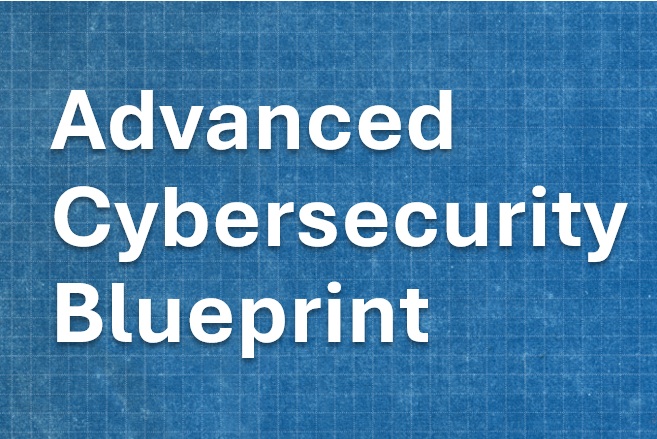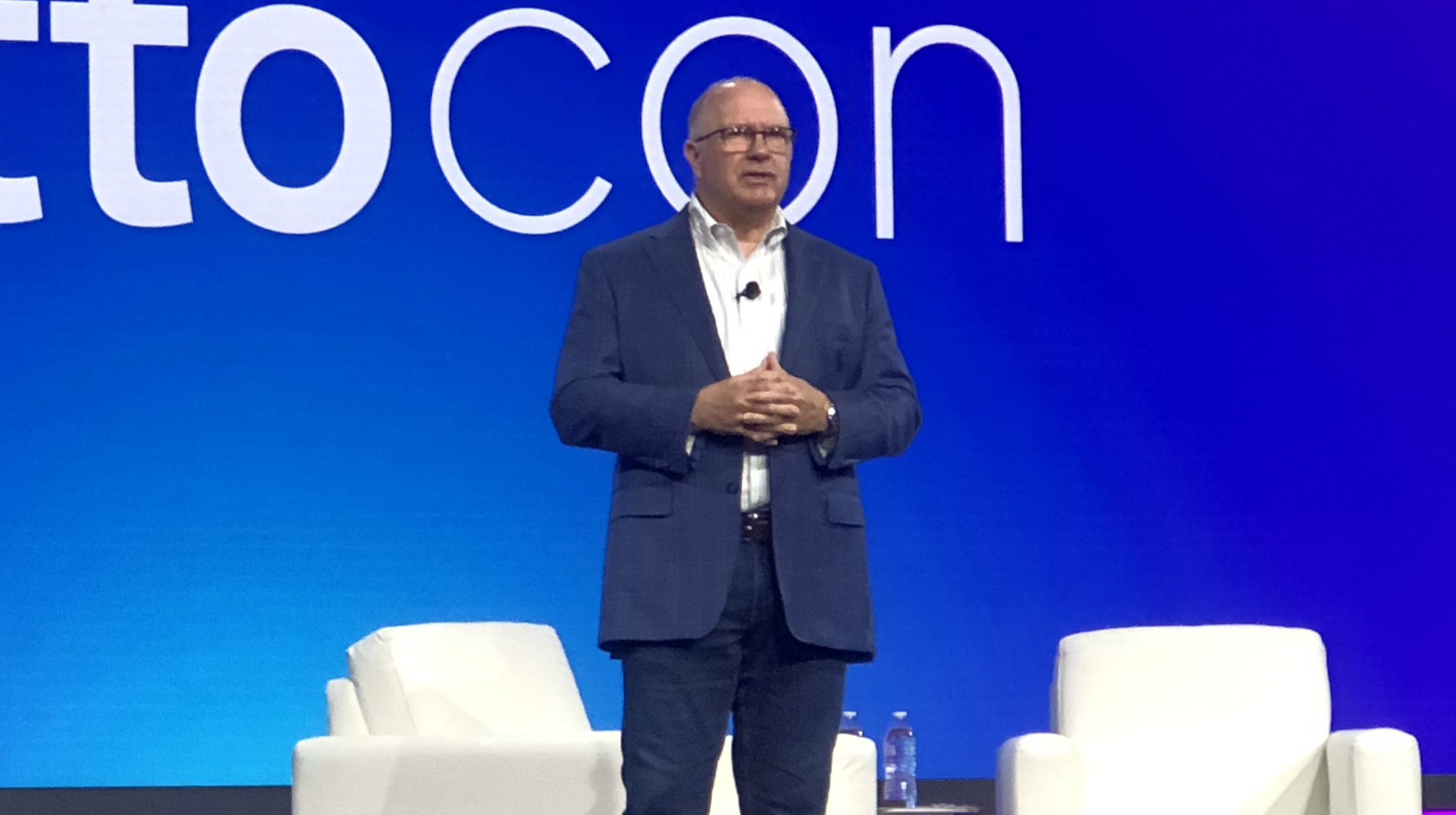IN THE QUEST to grow your business, acquiring or merging with another channel pro is a common strategy. According to PitchBook Data, M&A activity in North America topped $2 trillion in 2019, and nearly 20% of it occurred in the IT sector—the second highest percentage ever.
Still, while a successful M&A can expand both your footprint and revenue, a failed one can be demoralizing and expensive, so identifying and evaluating the right M&A candidates to pursue is all-important.
Channel pros often give this process short shrift, however, according to Mike Harvath, CEO of Revenue Rocket, a Bloomington, Minn.-based consulting company that focuses exclusively on M&A in the IT services industry. Many firms, he says, take an “”opportunistic”” approach to M&A: They wait for a sell-side broker to call them, and then often force fit the candidates that are proffered into their strategy. “Usually that means a deal won’t be as successful as it could have been, or it will just fail,” Harvath says.
Three Pillars of Success
In Harvath’s view, there are three pillars to a successful M&A: strategy alignment, cultural alignment, and financial alignment. “Channel companies look to buy another company at the right price or focus on the financial angle of the deal, thinking that if the price is right, the deal will work,” he says. “It doesn’t work that way.”
A better approach is to have an established, organic growth strategy that has proven successful, “”and make certain that your acquisition is a hand-and-glove fit into that strategy,” he says. The overriding principle of a solid M&A tack, Harvath adds, is to accelerate your existing plan.
Strategic Alignment. Determining the most appropriate attributes of M&A candidates depends on the underlying specifics of that plan. “When a company comes to us that wants to grow through acquisitions, we first do a strategic review to figure out how big the company is, what the company can afford, how the company will finance it, and what the company wants to achieve,” says Bob Dale, partner at boutique investment firm Austin Dale Group, of Austin, Texas, which provides both buy- and sell-side advisory services to technology companies.
For instance, the goal may be to expand geographic reach or time-shift resources, or conversely, to co-locate or consolidate data center space locally. Channel pros that want to enter a new market or add a new product or service may decide to do it faster by acquiring or merging with another firm that has relevant experience. An M&A can also be an expedient way to add expertise to a company’s ranks. “Based on the characteristics specific to their business,” says Dale, “we come up with a list of what ideal targets look like.”
Cultural Alignment. Discerning the culture of a prospective acquisition takes considerable time, but is an essential exercise. “A trustworthy seller is the first thing you want to look for,” says Ramsey Sahyoun, head of M&A at Evergreen Services Group, a San Francisco holding company that has acquired 19 MSPs since January 2018. “It’s more important than things you can see in a spreadsheet.”
From Harvath’s perspective, most IT business leaders are good judges of character and can decide after a short conversation whether another company is led by someone they can work with or not. Trust leads to productive conversations, which in turn lead to relationships where cultural fit is best determined. “You want to know what’s most important to the owner or the management team,” says Dale. How a company treats its customers and employees is critical, especially when a situation calls for a decision that is not black or white, he adds. If companies have divergent values in terms of customers and employees, moving forward with a deal is not prudent.
Financial Alignment. Any potential M&A target should also be in good financial standing. In the channel, companies with solid and growing recurring revenue are the most attractive candidates. “You should be looking for a good, robust business that knows how to generate cash flow,” says Rick Murphy, CEO and managing partner of Cogent Growth Partners. The M&A process is like dating, says Murphy, whose Atlanta-area firm advises buyers in IT and IT services. For a successful union, the two companies must be complementary and mesh well. That concept is doomed if one partner is financially dysfunctional.
One parameter to focus on from the start is the investment merits of an acquisition. “As a buyer, it’s critical to understand your internal rate of return on a transaction,” Harvath says. A deal where the return is less than 20% or longer than five years is not financially justifiable, he adds.
Buyers need to articulate their own specific parameters, and basic financial metrics that indicate the health of an M&A candidate are good screening baselines. For example, Evergreen Services Group typically draws the line at recurring revenue of at least 50% of overall revenue and a minimum of $500,000 in EBITA (earnings before interest, taxes, and amortization). When it comes to customers, Sahyoun likes to see an 85% retention rate and ideally no more than 40% of revenue coming from a single customer.
The specifics of qualifying metrics ultimately depend on the buyer’s priorities. A channel pro looking to acquire a product line or a small cap company may have different minimums for recurring revenue or EBITA. “Determine the metrics that mean the most to you,” says Sahyoun. Whatever those metrics are, he says, an initial conversation with a business owner at a target company is warranted because it’s difficult to screen out companies during the research phase.
Harvath cautions against targets that have been “”doing financial engineering to prepare to sell.”” In effect, these companies “prop up value via questionable add-backs to EBITDA [earnings before interest, taxes, depreciation, and amortization] or via positioning of the profit contribution of the business ahead of a potential transaction by underspending on the operations of the business in a nonsustainable way,” he explains. A close examination of financial records going back a year or two prior to a company listing itself for sale may reveal these maneuvers.
While it may seem counterintuitive, he suggests the ideal company is one that’s not for sale. A buyer should strive to uncover an unvarnished view of a business, one that reveals how the owner of the candidate company both thinks of and operates the business. “You want one that is operating well,” he says, which ties to both strategy and culture.
The Search Process
Don’t, however, search for an identical twin to acquire, says Murphy. “A company that does things and is exactly like a buyer is going to be almost impossible to find.”
A better way to begin the M&A process, according to Sahyoun, is to put together an initial list of local competitors and then expand to competitors in different geographies or verticals. Focus on unearthing as much information as possible. “I don’t see enough people doing that in the channel,” he says. Business owners “come across one company that they happen to know, and they wonder if they should buy that company.” This is not an effective approach, he adds, because “you’re not giving yourself enough shots on goal to make a decision.”
Evergreen compiles a database of companies based on “intentional internet research,” Sahyoun says. Publicly available sources such as LinkedIn or competitor websites can provide details such as target market, executive team, products and services offered, and number of employees. To get a better sense of which companies are good prospects in terms of strategic, financial, and cultural fit, however, outreach is required—and plenty of it. Talk to peers, partners, and vendors.
Finally, the pool of candidates should be big enough to get a transaction done, says Harvath. A list of 100 initial companies is typically needed to come up with 20 firms that would fit the buyer’s strategic criteria. “From that, you may get to a letter of intent or a deal in principle with three of them,” he says. In order to do that, “you need a lot of conversations, and sometimes it takes 10 to 15 touches to have a conversation with a CEO in our industry.”
Evergreen “talked to thousands of companies to acquire 19,” Sahyoun says. Deals may be ruled out quickly for any number of reasons. “Sometimes a seller isn’t interested and sometimes a buyer isn’t interested, or it’s not the right fit.”
With that kind of commitment, it can be challenging for owners to both run their business and be on the hunt for an acquisition. Working with a buy-side broker that does much of the grunt work prior to a deal can be more expedient. According to Murphy, typical fees range from 1.5% to 3% of the purchase price. Some brokers also charge a retainer (less than $5,000 per month is reasonable) and a percentage fee contingent on closing a deal. A broker can also assist with the screening process. Once a list of companies is compiled, a broker can help cull those companies that are not suitable based on predetermined criteria and parameters. When a deal is in the works, a buy-side broker can help with due diligence, schedules, financial modeling, and transaction documentation, as well as facilitate work with legal and accounting resources as the deal nears completion.
The buyer should verify all the information provided by the target company once a letter of intent is signed. Evergreen, for instance, typically pores through QuickBooks backup files and historical bank statements. A buyer should create a due diligence plan that outlines verification details in different operational areas such as financial, legal, and HR.
At this stage, hiring professionals who are experienced in M&A due diligence is a must. Look to a CPA firm to conduct a quality of earnings report to detail revenue and expenses. A legal firm can review all contracts and pending litigation. An HR expert can examine benefits, payroll practices, and vacation policies. Among the last steps to verifying information is using a third party to survey customers and employees directly.
If you’ve done your homework, growth by M&A is a solid strategy. While recent economic disruptions may dampen M&A activity in the short term, Murphy opts to look on the bright side. “Companies can compare notes on how they dealt with the crisis,” he says. “To have a bonding experience that they’ve survived is a great way to build relationships and build trust.”

















